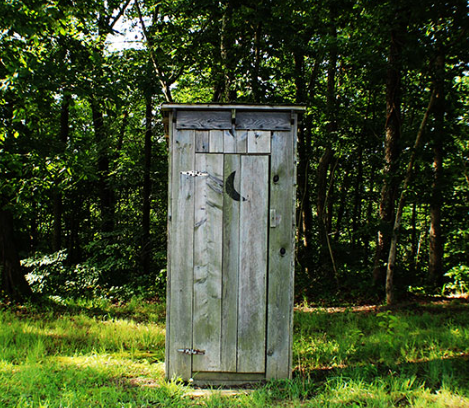stay green, stay safe and clean
here are some of the harmful and poisonous chemicals lurking beneath the sink and in the laundry room. All-round cleaners: Many famous family cleaners, along with Fantastik and method 409, incorporate an artificial solvent and a spreading knife referred to as butyl cellosolve. This dangerous petroleum-based chemical includes neurotoxins and may aggravate the skin and […]
Read More


